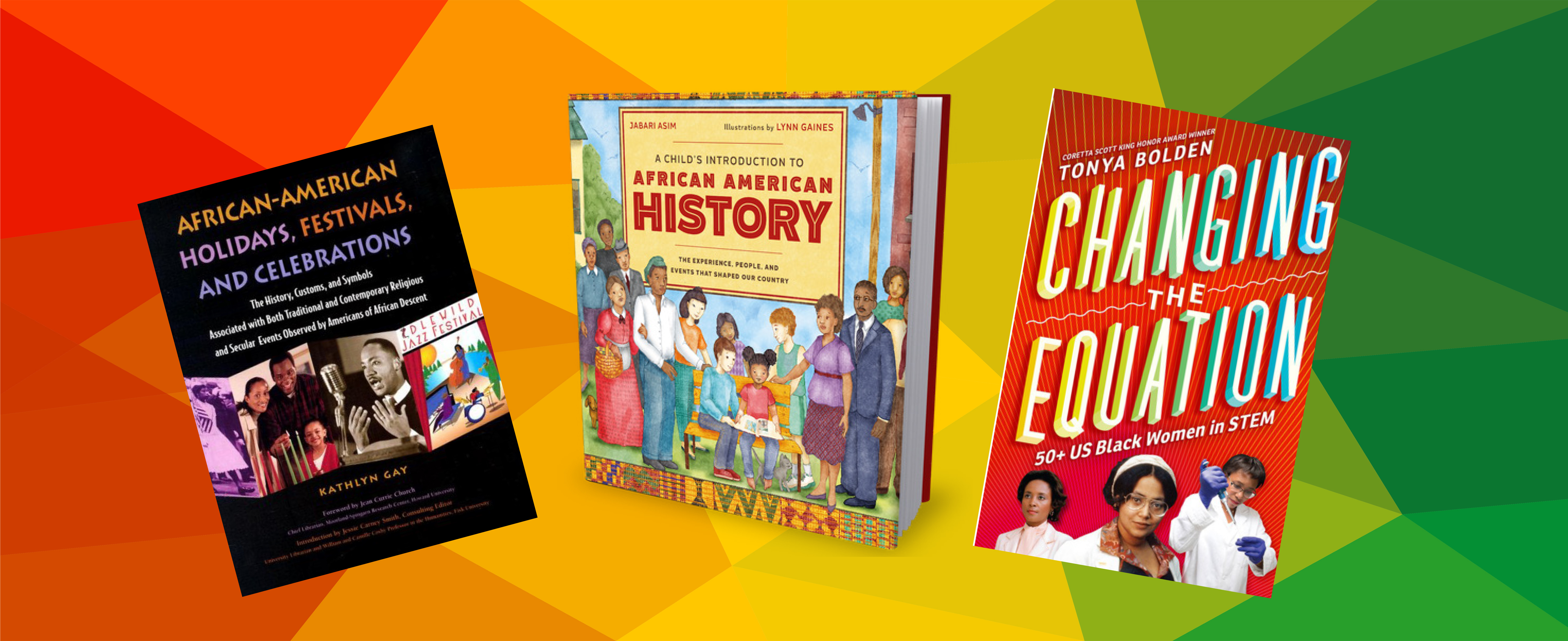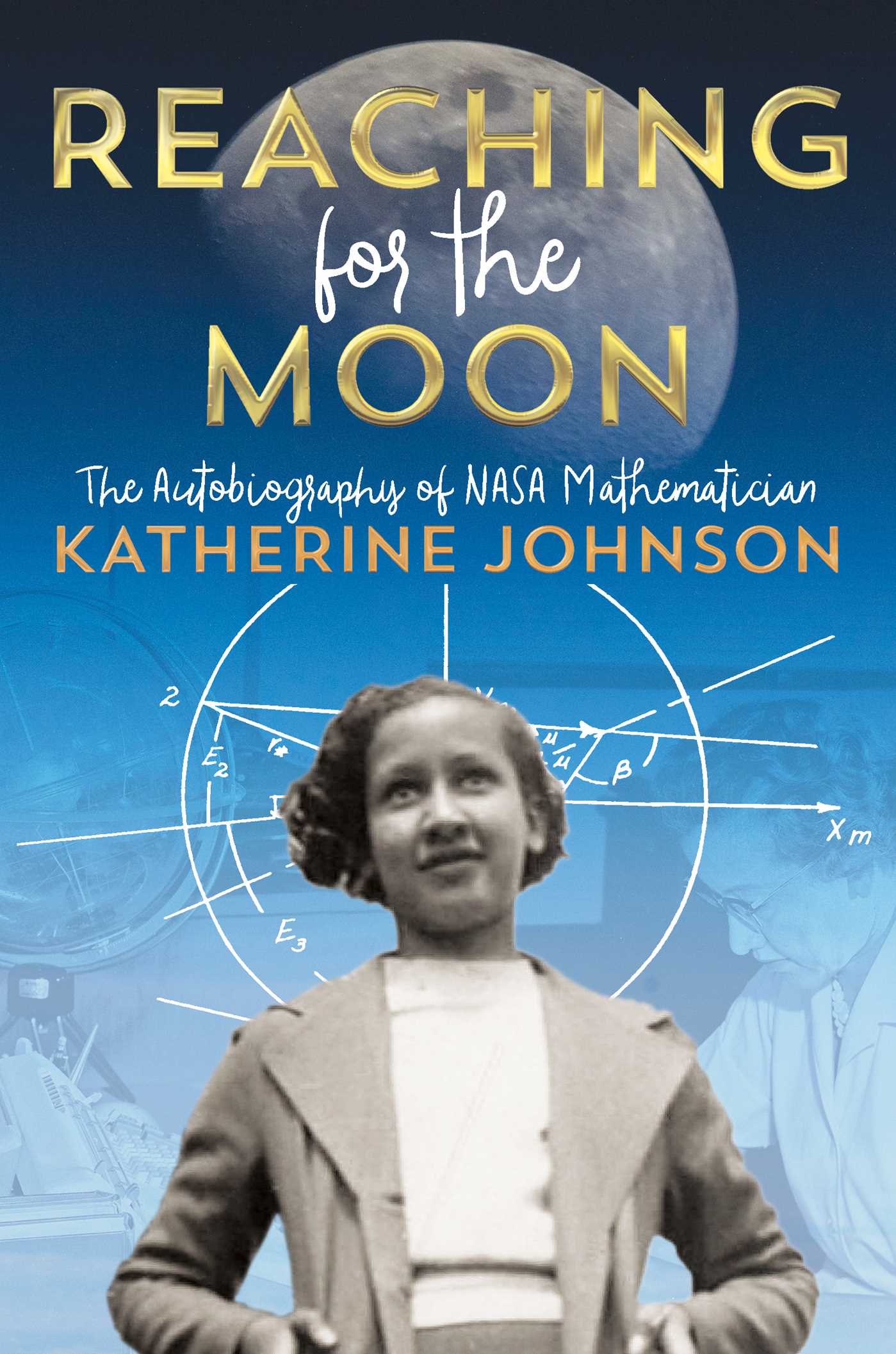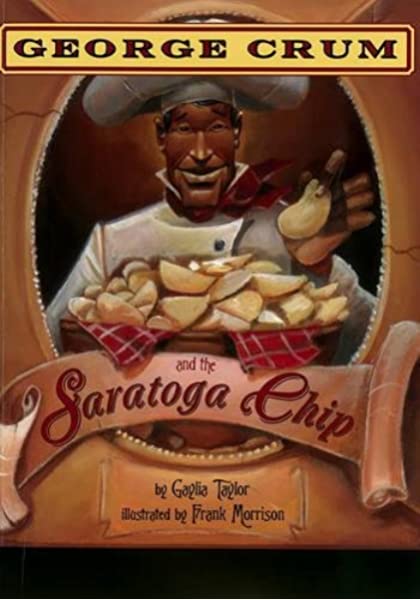
Celebrate stories of invention and leaders in technology that will motivate you to get making this February.
Origins of Black History Month
In 1915 historian Carter G. Woodson and minister Jesse E. Moorland founded the Association for the Study of Negro Life and History (ASNLH) — now the Association for the Study of African American Life and History (ASALH) — to celebrate the achievements of Black Americans and individuals of African descent. When the group sponsored the first national Negro History Week in 1926, it chose the second week of February to coincide with the birthdays of Abraham Lincoln and Frederick Douglass.
Yearly proclamations recognizing Negro History Week were soon issued across the country, and by the late 1960s Negro History Week had become Black History Month on many college campuses. President Gerald Ford officially recognized Black History Month in 1976, and February has been designated as Black History Month by every American president since. Learn more of the story of Black History Month and about other celebrations in and of African American culture in African-American Holidays, Festivals, and Celebrations by Kathlyn Gay.
Inspirational Black Makers
Makers identify a problem and invent the solution. Here are just a few examples of Black inventors and their solutions. Read more about them in their biographies in our catalog and in compilations including Changing the Equation: 50+ US Black Women in STEM by Tonya Bolden and A Child's Introduction to African American History by Jabari Asim.
 Dorothy Vaughan, Mary Jackson and Katherine Johnson were female mathematicians known as “human computers.” At the Langley Memorial Aeronautical Laboratory in Hampton, Virginia, they calculated the numbers that would launch rockets — and their astronaut passengers — into space. Read their stories in Hidden Figures by Margot Lee Shetterly, Hidden Women by Rebecca Rissman, and Reaching for the Moon by Katherine Johnson.
Dorothy Vaughan, Mary Jackson and Katherine Johnson were female mathematicians known as “human computers.” At the Langley Memorial Aeronautical Laboratory in Hampton, Virginia, they calculated the numbers that would launch rockets — and their astronaut passengers — into space. Read their stories in Hidden Figures by Margot Lee Shetterly, Hidden Women by Rebecca Rissman, and Reaching for the Moon by Katherine Johnson. - Lonnie Johnson is a NASA engineer who developed the Super Soaker water gun. Read his story in Super Soaker Inventor Lonnie Johnson by Heather E. Schwartz or in Whoosh! : Lonnie Johnson's Super-Soaking Stream of Inventions by Chris Barton if you want the picture-book version!
- Garrett Morgan patented a traffic signal that added the yellow caution light to existing red and green traffic lights. Read his story in The Unstoppable Garrett Morgan: Inventor, Entrepreneur, Hero by Joan DiCicco.
 George Crum unintentionally created the potato chip in 1853. Read his story in George Crum and the Saratoga Chip by Gaylia Taylor.
George Crum unintentionally created the potato chip in 1853. Read his story in George Crum and the Saratoga Chip by Gaylia Taylor.- George Washington Carver championed crop rotation and developed more than 300 uses for peanuts. Read his story in his autobiography George Washington Carver in His Own Words or in George Washington Carver for Kids by Peggy Thomas if you want the picture-book version!
- Madam C.J. Walker was the first Black, female self-made millionaire. She invented a line of African American hair products, including a hair-straightening formula. Read her story in All About Madam C.J. Walker by A'Lelia Bundles.

